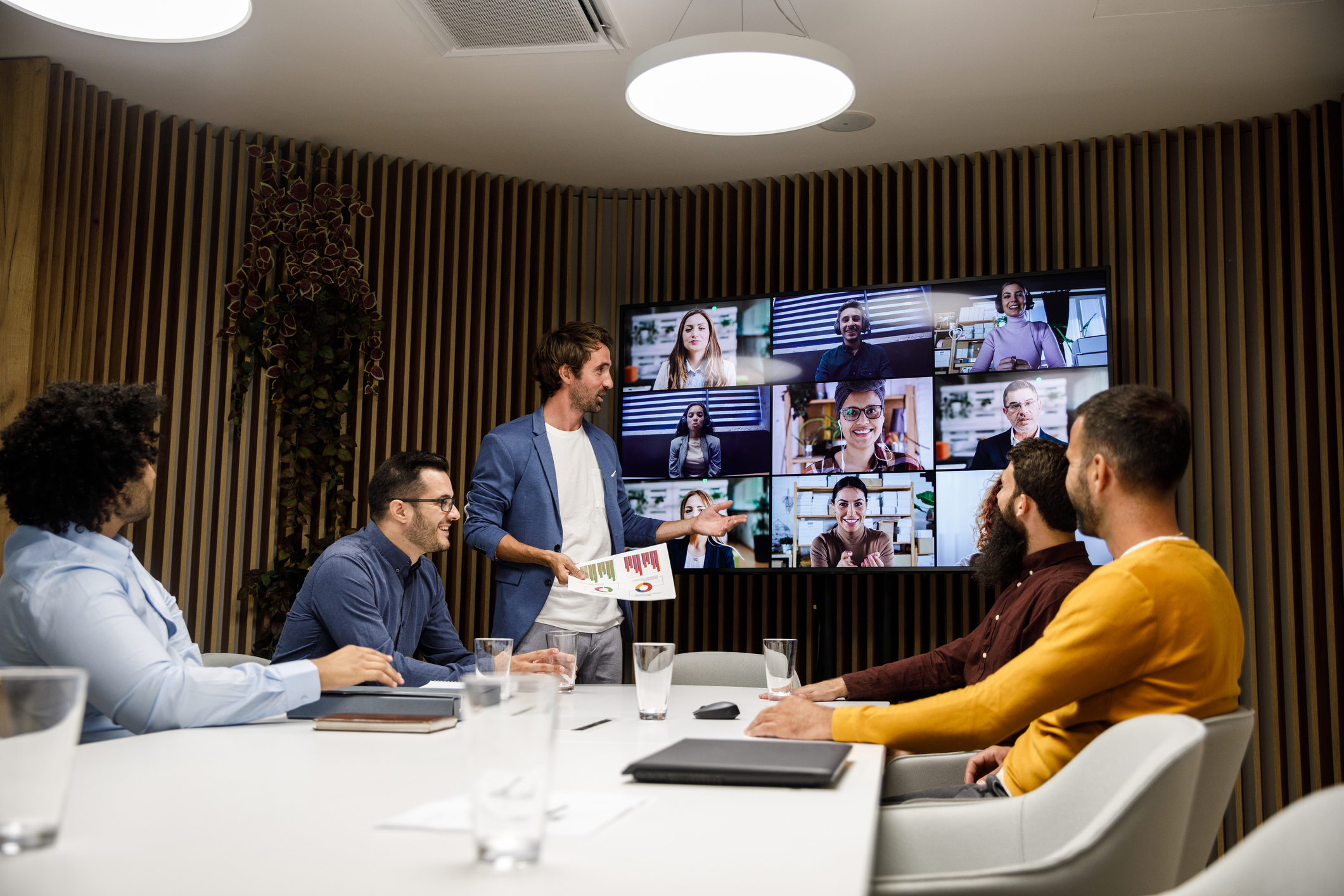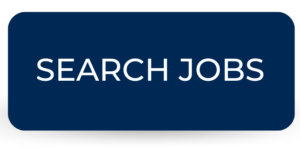Sharing is caring!
Has your employer embraced the hybrid work model post pandemic? Many companies are transitioning from remote to hybrid after the couple years of strictly working from home. This transition can be difficult to maneuver and making sure you are maximizing your productivity on the days you work from home is very important. You are probably aware that structure is imperative for sustainability. Like in a conventional office setting, your team’s success depends on well-defined responsibilities, expectations, and norms. Although having a partial remote workforce has many benefits, it is crucial to spend time laying the groundwork and building the framework.
First of all, we begin by defining:
What is a Sustainable Hybrid Workplace?
A sustainable hybrid workplace is a work environment designed to support and encourage remote work and in-person work while promoting employees’ well-being, productivity, and satisfaction.
This type of workplace prioritizes work-life balance, clear communication, and access to the necessary tools and technology to enable working both at home and at the office. It is also focused on providing employees with opportunities for professional development and fostering a sense of community, even when working from different locations on the days you are away from the office.
The ultimate goal of a sustainable hybrid workplace is to create a positive, productive, and fulfilling work environment that benefits both the employees and the company as a whole.
How to Create a Sustainable Workplace in 7 Steps
Step 1: Define clear goals and objectives
Setting up a sustainable workplace begins with defining specific goals and objectives. The company’s overall mission should align with this and communicate it to all employees.
The objectives have to be specific, measurable, achievable, relevant, and time-bound. Some examples of goals for a hybrid work model are to increase employee satisfaction, reduce absenteeism, or improve work-life balance.
Step 2: Establish clear communication channels
Effective communication is crucial in the office and when you are working remotely. Companies need to establish clear communication channels to ensure that all employees are on the same page and stay informed about important updates and changes.
This is achieved through regular in-person and virtual meetings, project management systems, email, or instant messaging platforms. Furthermore, it is essential to establish regular check-ins with team members to ensure that everyone is on track and has the support they need.
Step 3: Provide the right tools and technology
Companies have to provide the right tools and technology to ensure that employees are just as productive and efficient on the workdays spent outside of the office. This includes laptops, high-speed internet, and software to support remote collaboration and communication.
Moreover, companies need to invest in collaboration tools such as video conferencing and project management software. To ensure that employees are able to work together effectively, even when they are not in the same location.
Step 4: Foster a sense of community
It is sometimes challenging for employees to feel connected and engaged when they are strictly remote. So fostering a sense of community both in the office and out are essential. This is achieved through virtual team-building activities, regular virtual and in-person coffee breaks, and hosting frequent social events.
Step 5: Encourage work-life balance
Since there is no distinct separation between work and personal time when working from home, it is often difficult for employees to keep a healthy work-life balance. It is the company’s responsibility to encourage employees to take breaks, put down their laptops, and engage in self-care.
This includes flexible working hours, unlimited time off, and regular wellness initiatives.
Step 6: Offer in-person and online training and development opportunities
Particularly in a hybrid model, it is critical for businesses to invest in the training and development of their employees. This includes offering online and in-person continuing education courses, workshops, and webinars to support employees in their career growth.
Providing opportunities for professional development not only increases employee satisfaction but also improves their performance and productivity.
Step 7: Monitor and evaluate the success of the remote days
Finally, it’s the company’s responsibility to monitor and evaluate the success of their remote workplace regularly. Regular surveys, performance evaluations, and feedback sessions achieve this.
Thereafter, companies gather data on employee engagement, satisfaction, and productivity to assess the impact of their hybrid model initiatives. Based on this information, companies are able to make any necessary changes to improve the sustainability of the days they work from home.
In conclusion, establishing a sustainable hybrid workplace involves careful planning and a dedication to giving staff members the resources, expertise, and support they need to succeed.
If you are interested in hearing more tips about a successful hybrid workplace, don’t hesitate to get in touch with us! We are happy to help.
About Phaxis
Founded in 2002, Phaxis is now one of the country’s leading recruitment firms. Specializing in healthcare, information technology, accounting, financial services recruitment, office support, legal, HR, and marketing. Phaxis partners with highly qualified talent and top employers to create rewarding career opportunities. That result in long-term success for candidates and employers. Visit us at www.phaxis.com.




